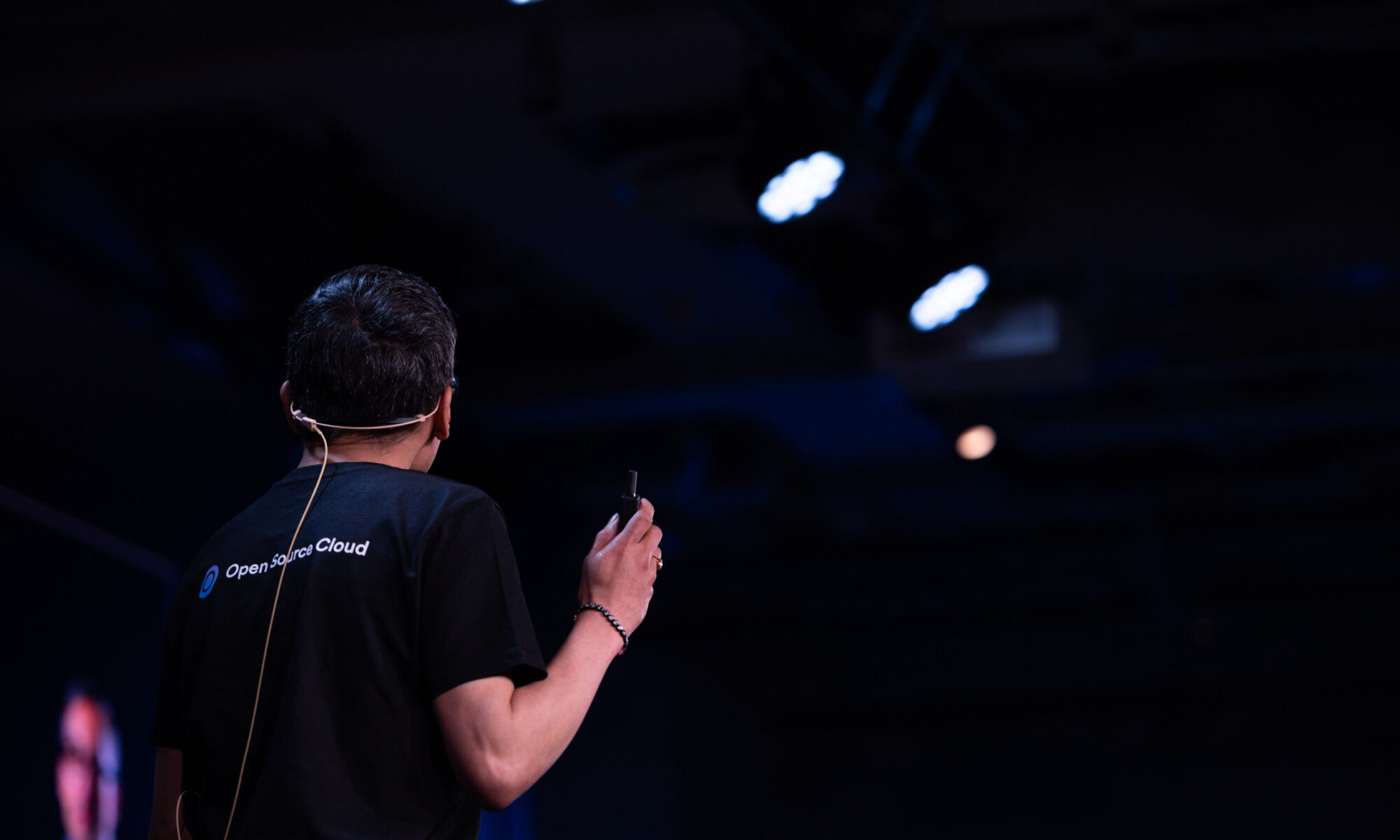The question in the title is of course a bit rhetorical. Of course Claude can. In this post I am going to describe how that works and how you can try this out.
Claude is an AI assistant built by Anthropic that is trained to have natural, text-based conversations, and first model was released in March 2023. Anthropic released in November 2024 a specification for the Model Context Protocol (MCP) that is an open protocol to enable seamless integration between LLM applications and external data sources and tools. MCP provides a standardized way to connect LLMs with the context they need.
MCP is a protocol that enables secure connections between host applications, such as Claude Desktop, and local services. Programs like Claude Desktop, IDEs or AI tools access MCP servers that are lightweight programs that exposes specific capabilities through the standardized Model Context Protocol.
We have developed and open sourced an MCP server for Eyevinn Open Source Cloud. An MCP server provides tools and resources and we currently provide tools for video on-demand streaming but more will be added by us our hopefully the open source community.

In the demonstration video below I show how I can have Claude to setup a video on-demand preparation pipeline and create a video on-demand file for streaming from a video file available online.
Install
If you want to try this out yourself you can follow these steps. A prerequisite is that you have an account on Eyevinn Open Source Cloud and at least 6 services available on your plan.
1. Download and install Claude Desktop.
2. In the Eyevinn OSC web console go to API settings (in Settings > API settings)
3. Copy the Personal Access Token
4. add the following to your claude_desktop_config.json:
{
"mcpServers": {
"eyevinn-osc": {
"command": "npx",
"args": ["-y", "@osaas/mcp-server"],
"env": {
"OSC_ACCESS_TOKEN": "YOUR_PERSONAL_ACCESS_TOKEN"
}
}
}
}
5. Restart Claude
If everything is correctly installed you should see an icon of a hammer in the bottom of the chat input.

Now you can ask Claude to create a VOD from a file that you have available online as shown in the video above.
Client SDK
This MCP server uses the Typescript client SDK for Eyevinn Open Source Cloud. With this SDK you can create and remove instances and automate what you can do in the web console. Here is an example of how to create a VOD package using the client SDK which is basically what one of the tools currently can do.
import { Context, Log } from '@osaas/client-core';
import { createVod, createVodPipeline } from '@osaas/client-transcode';
async function main() {
const ctx = new Context();
try {
const ctx = new Context({ environment });
Log().info('Creating VOD pipeline');
const pipeline = await createVodPipeline(name, ctx);
Log().info('VOD pipeline created, starting job to create VOD');
const job = await createVod(pipeline, source, ctx);
if (job) {
Log().info('Created VOD will be available at: ' + job.vodUrl);
}
} catch (err) {
Log().error(err);
}
}
main();
This gives you an example of what you can do and the possibilities are “endless”. It feels as it is only creativity that stands in the way of what you can do.
Share your ideas either in the comments below or with a contribution to the Eyevinn OSC MCP server that is open source. Be creative!
